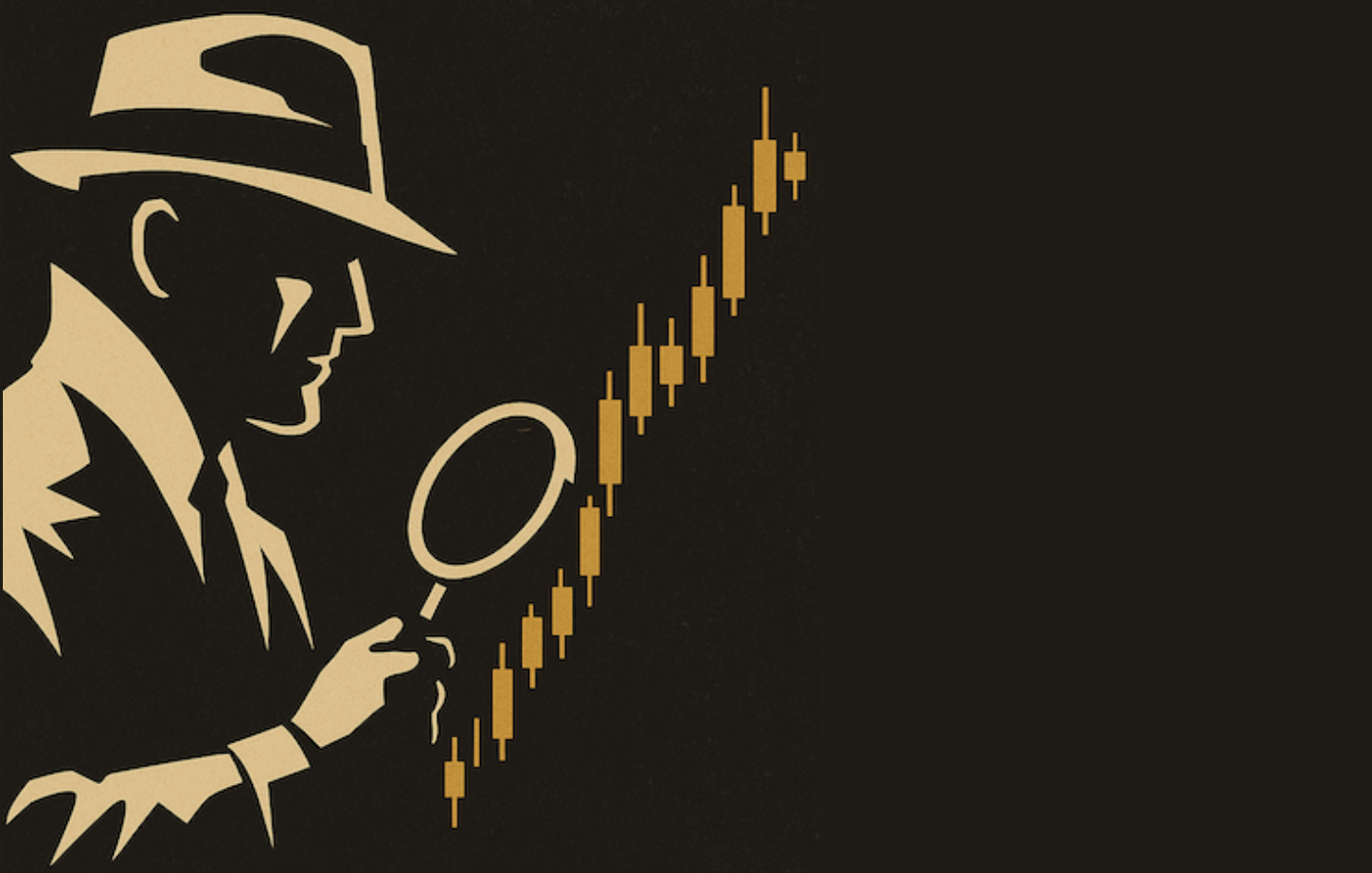THE FED CAN'T AFFORD TO MAKE A MISTAKE TODAY -- HIGHER SHORT-TERM RATES RISK AN INVERTED YIELD CURVE -- WHILE PLUNGING OIL PRICE SHOWS WEAKER INFLATION -- AND U.S. STOCKS ARE UNDERGOING A MAJOR TEST OF THEIR EARLY 2018 LOWS
TODAY IS A BIG DAY FOR THE FED -- AND FOR THE MARKETS ... Today is one of the most important Fed days in recent memory. That's because there's a lot riding on what it does this afternoon; or doesn't do. It's widely expected to raise rates today and then sound more dovish for next year. That might be enough. Other voices are calling for the Fed to keep rates unchanged. The problem there is that a sudden change of plans by the Fed would be an admission that economic conditions are starting to deteriorate. Stocks might not like that. There are other factors favoring a more dovish Fed. One is the yield curve falling to the lowest level in a decade. The green line in the upper box on Chart 1 shows the falling 10 year - 2 year yield spread dangerously close to inverting. With bond yields falling, additional rate hikes could push short-term yields above longer yields which could cause the yield curve to invert. That's usually an early sign that the economy is heading toward a recession. Does the Fed really want to risk doing that?
OIL IS FALLING: Another argument for a more dovish Fed is the fact that the price of oil is plunging. The black bars in the lower half of Chart 1 show the price of WTIC crude oil falling to the lowest level in a year. The price of crude has lost -40% since the start of October. Every series of Fed rate hikes in recent memory has been done to restrain rising inflation and higher oil prices. Right now, oil prices are plunging (along with most other commodities). What inflation would be Fed be acting to prevent?
GLOBAL GROWTH IS SLOWING: Slowing global growth is another problem the Fed needs to face. It's not enough to look at the U.S. economy in a vacuum. The Fed needs to also consider that economies in Europe and Asia are starting to contract. That's not a good sign for the global economy, which includes the U.S. And probably explains why U.S. stocks have fallen so hard this quarter. Can the Fed afford to ignore the fragile state of the U.S. stock market?

(click to view a live version of this chart)
Chart 1
STOCKS ARE RETESTING EARLY 2018 LOWS ... Stock prices in the U.S. have reached a critical chart juncture. Chart 2 shows the Dow Industrials sitting right at their early 2018 intra-day lows. The same is true of the S&P 500 and the Nasdaq indexes. That's a very important test for the market's long-term uptrend. The market's downturn since the start of October has run out of room to qualify as a correction while maintaining its long-term uptrend. A decisive drop below those lows would signal a bear market. If a relief rally is going to occur during the second half of December, this is where it needs to start from. Unfortunately, the Dow remains well below its 200-day moving average which should now act as an overhead resistance barrier. And longer-range technical indicators remain bearish. So even if the today's Fed decision produces a relief rally from current levels, it's likely to be short-lived. That's especially true if the recent tendency of traders and investors to sell into rallies continues.

(click to view a live version of this chart)
Chart 2
PLUNGE IN FEDEX IS ANOTHER WARNING OF GLOBAL WEAKNESS ... Falling transportation stocks have been warning of weakness in the American economy. Today's headline story in the transportation group is the plunge in the price of FedEx. The weekly bars in Chart 3 show FDX plunging -9% to the lowest level in two years. The reason for that price plunge is the company reporting that the global economy is slowing. We already knew that from falling foreign shares and recent reports of weakness in Asia and Europe. But the fact that FedEx is being hit so hard is a sign that global weakness is starting to take a negative toll on U.S. stocks. Let's hope that the Fed takes all of the above-mentioned factors into consideration this afternoon. It has a very hard task ahead of it. Let's further hope that someone in the room has some market charts to look at. And knows to read them.








